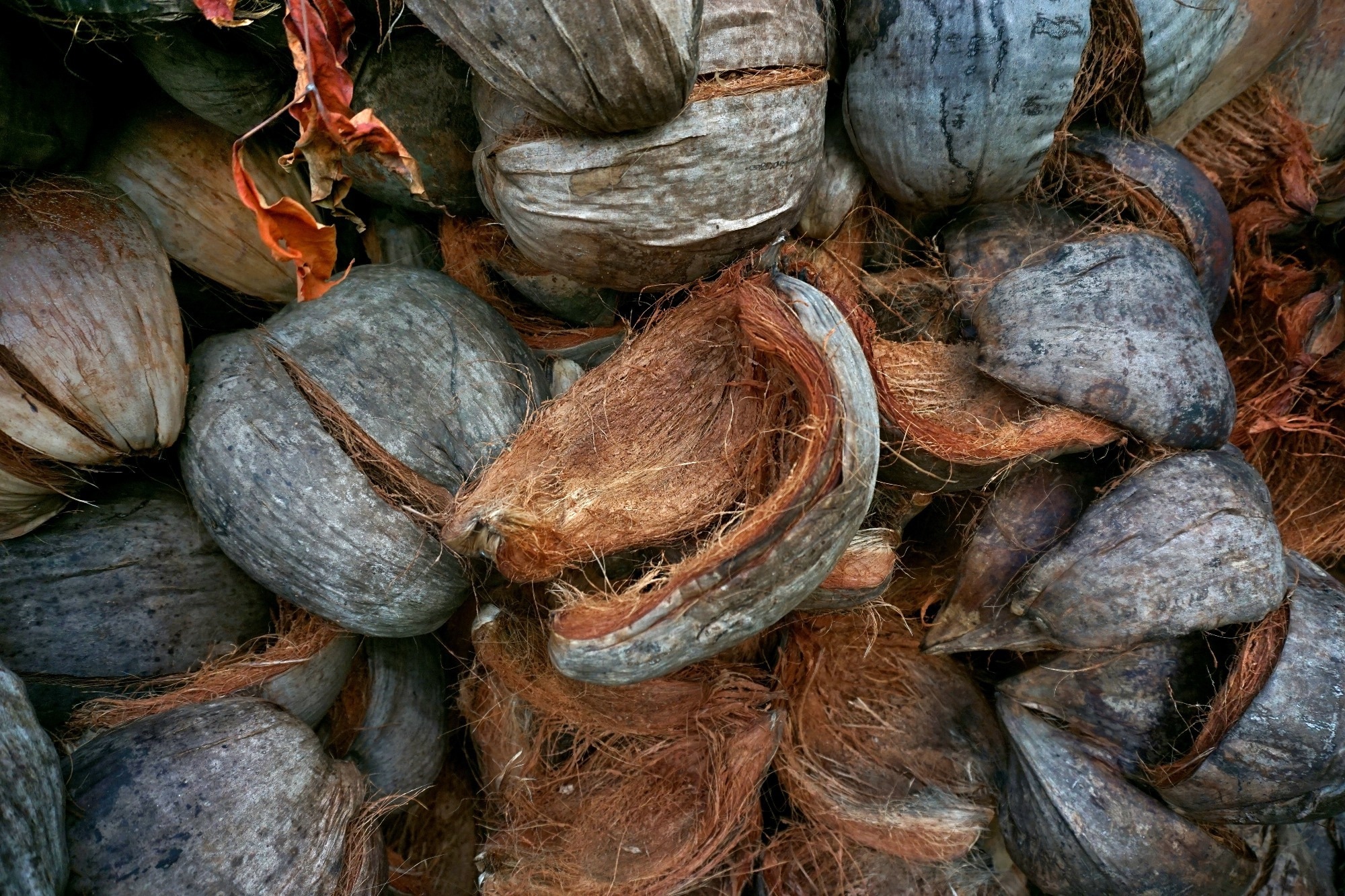A new study shows that using a blend of coconut fiber, wheat straw ash, and silica fume can greatly improve the strength, durability, and overall performance of recycled aggregate concrete.
 Study: Sustainable concrete: investigating the synergistic effects of coconut fiber, wheat straw ash, and silica fume on RAC strength and durability. Image Credit: Satria Sanisca/Shutterstock.com
Study: Sustainable concrete: investigating the synergistic effects of coconut fiber, wheat straw ash, and silica fume on RAC strength and durability. Image Credit: Satria Sanisca/Shutterstock.com
By combining these materials, researchers have demonstrated a practical approach to overcoming the long-standing limitations of recycled concrete, particularly its tendency toward high porosity and reduced mechanical strength.
Background
As construction and demolition waste continues to grow, the use of recycled materials in concrete has gained attention as a sustainable alternative. But despite its environmental benefits, recycled aggregate concrete (RAC) often underperforms compared to traditional concrete - mainly due to weaker interfacial zones and higher porosity in the recycled aggregates.
To address these shortcomings, researchers have explored supplementary cementitious materials (SCMs) and fiber reinforcements, which can enhance both the strength and durability of concrete while reducing reliance on cement. While the effects of individual additives like SCMs, fibers, and mineral admixtures have been widely studied, there’s been limited research on their combined use.
This study set out to fill that gap by investigating how coconut fiber (CF), wheat straw ash (WSA), and silica fume (SF) might work together within RAC. The goal was to determine whether this mix could offer a more effective, sustainable solution for high-performance concrete - and to understand the interactions that make it work.
Methods
The researchers prepared RAC using recycled coarse aggregates (RCA) at replacement levels of 50 %, 75 %, and 100 %. Each mix also included 1.5 % CF and 7 % SF, while WSA was added at varying levels of 5 %, 10 %, and 15 %.
Silica fume, known for its pozzolanic activity, helped strengthen the cement matrix by producing additional calcium–silicate–hydrate (C–S–H) gel, improving bonding between the cement and aggregates. Coconut fiber added ductility and tensile strength by bridging microcracks and enhancing load transfer. WSA, offering both environmental benefits and pozzolanic properties, further boosted durability by reducing pore volume and increasing resistance to acidic environments.
A total of 336 concrete cylinders (150 × 300 mm) were cast and tested. Researchers measured compressive and tensile strength at 7, 28, and 90 days. Durability was assessed through acid resistance using 5% H₂SO₄ solution at one- and three-month intervals, and through water absorption tests to gauge porosity.
Results and Discussion
The results showed that WSA had a clear positive impact on strength. At 5 %, 10 %, and 15 % replacement levels, compressive strength improved by 6 %, 10.8 %, and 4.6 %, respectively, over the control. For mixes with 100 % RCA, strength gains were even more notable - rising by 8.2 %, 15 %, and 3.5 %. The best-performing mix - 10 % WSA with 50 % RCA - achieved 30.7 MPa compressive strength and 3.89 MPa tensile strength after 90 days.
Durability tests supported these findings. The 10 % WSA mix recorded the lowest water absorption at 4.8 % and the greatest acid resistance, with just 6.8 % strength loss after one month and 23.7 % after three months. Microstructural analysis confirmed denser matrices and improved interfacial bonding at higher WSA levels.
Cost-efficiency was also evaluated. The mix with 10 % WSA and no RCA delivered the highest strength (40.6 MPa) and the best efficiency index (EI) of 0.000925. Still, the combination of 10 % WSA and 50 % RCA offered a strong balance between performance and cost, maintaining respectable strength (30.7 MPa) and an EI of 0.000829 - making it a promising option for both structural and commercial applications.
Conclusion
The study demonstrates that combining CF, WSA, and SF offers a practical and effective way to improve the mechanical and durability properties of recycled aggregate concrete. The blend strengthens interfacial zones, reduces porosity, and enhances resistance to environmental stressors, while making use of agricultural and industrial byproducts.
Among all tested combinations, the mix with 10 % WSA and 50 % RCA stood out for its balance of strength, sustainability, and cost-effectiveness. These findings provide a solid foundation for further development of high-performance RAC that supports both structural needs and environmental goals.
Journal Reference
Alawi, A. A. et al. (2025). Sustainable concrete: investigating the synergistic effects of coconut fiber, wheat straw ash, and silica fume on RAC strength and durability. Scientific Reports, 15(1). DOI: 10.1038/s41598-025-02234-1. https://www.nature.com/articles/s41598-025-02234-1
Disclaimer: The views expressed here are those of the author expressed in their private capacity and do not necessarily represent the views of AZoM.com Limited T/A AZoNetwork the owner and operator of this website. This disclaimer forms part of the Terms and conditions of use of this website.